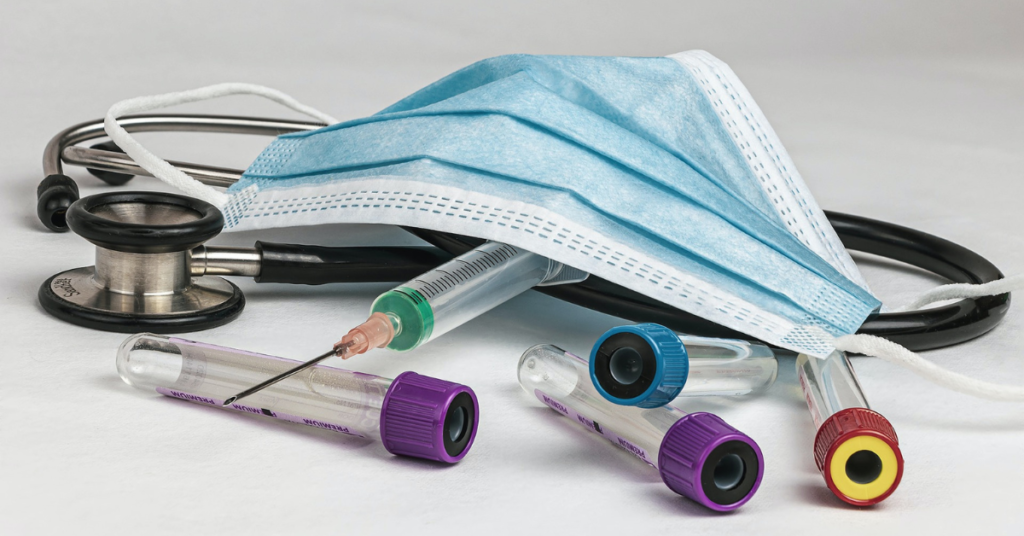Medical devices play a pivotal role in the delivery of healthcare services, enhancing the diagnosis, treatment, and monitoring of various health conditions.
As technology and innovation continue to push the boundaries of medicine, the use of plastic materials in the design and manufacturing of these devices has become increasingly prevalent. However, not all plastics are made equal, and the importance of using quality plastic materials in the medical industry cannot be understated.
Table of Contents
The Evolution of Plastics in Medicine
Historically, metals, glass, and ceramics dominated the world of medical devices. However, with the advent of polymer science and the continuous development of plastic materials, the medical sector saw a profound shift.
Plastics offered flexibility, reduced weight, and the potential for enhanced biocompatibility. Over the decades, their application has been broadened from simple tubing to intricate devices and implants.
A notable provider in the industry, Simply Plastics has showcased the versatility and potential of quality plastic materials in a range of medical applications.
Characteristics of Quality Plastics
When speaking about quality plastics for medical devices, several characteristics stand out:
- Biocompatibility: A medical-grade plastic must be compatible with living tissues and not induce an immune response. This ensures that implants or devices made from these plastics are safe when in direct contact with the body.
- Sterilisability: Medical devices often require sterilisation to eliminate or reduce potential pathogens. Quality plastics can withstand high temperatures and other sterilisation methods without deforming or losing their inherent properties.
- Chemical Resistance: These plastics can resist reactions with drugs, body fluids, and other chemicals they might come into contact with during their lifespan.
- Mechanical Strength: Depending on the application, the plastic material might need to exhibit high tensile strength, flexibility, or even rigidity.
Why Quality Is Paramount
Patient Safety
Patient safety is at the forefront of medical device design. Quality plastics ensure that devices don’t break, degrade, or release harmful substances when in use. Compromised devices not only pose direct threats, such as choking hazards or physical harm, but they can also introduce infections or provoke allergic reactions.
Longevity and Durability
Medical devices, especially implants, need to last. A cardiovascular stent, for instance, should maintain its structural integrity in the dynamic environment of the human body. Quality plastics offer longevity, resistance to wear and tear, chemical interactions, and the mechanical stresses of daily activities.
Device Performance
The performance of a medical device directly impacts its efficacy. An intravenous tube made from subpar plastic might kink, preventing the flow of life-saving medication. Quality plastics ensure that devices function optimally, upholding the standards expected in medical treatments.
Environmental and Economic Considerations
Beyond direct medical applications, quality plastics offer environmental and economic advantages. High-quality plastics can be more easily recycled, reducing medical waste.
Economically, while the upfront cost of quality plastics might be higher, the long-term savings—derived from fewer replacements, reduced device failures, and fewer complications—more than justify the initial investment.
A Systematic Approach to Outpatient Medical Billing
5 Medical Treatments You May Need
Concluding Thoughts
The medical sector is built upon trust. Patients trust that the devices used in their care are safe, effective, and reliable. This trust can only be maintained when the industry commits to using the highest quality materials available.
In the realm of medical devices, quality plastic materials are not just a manufacturing consideration—they are an integral component of patient safety, device efficacy, and sustainable healthcare.
As we look towards the future of medicine, the role of these materials will only grow, highlighting the unending importance of quality in every facet of their design and application.







